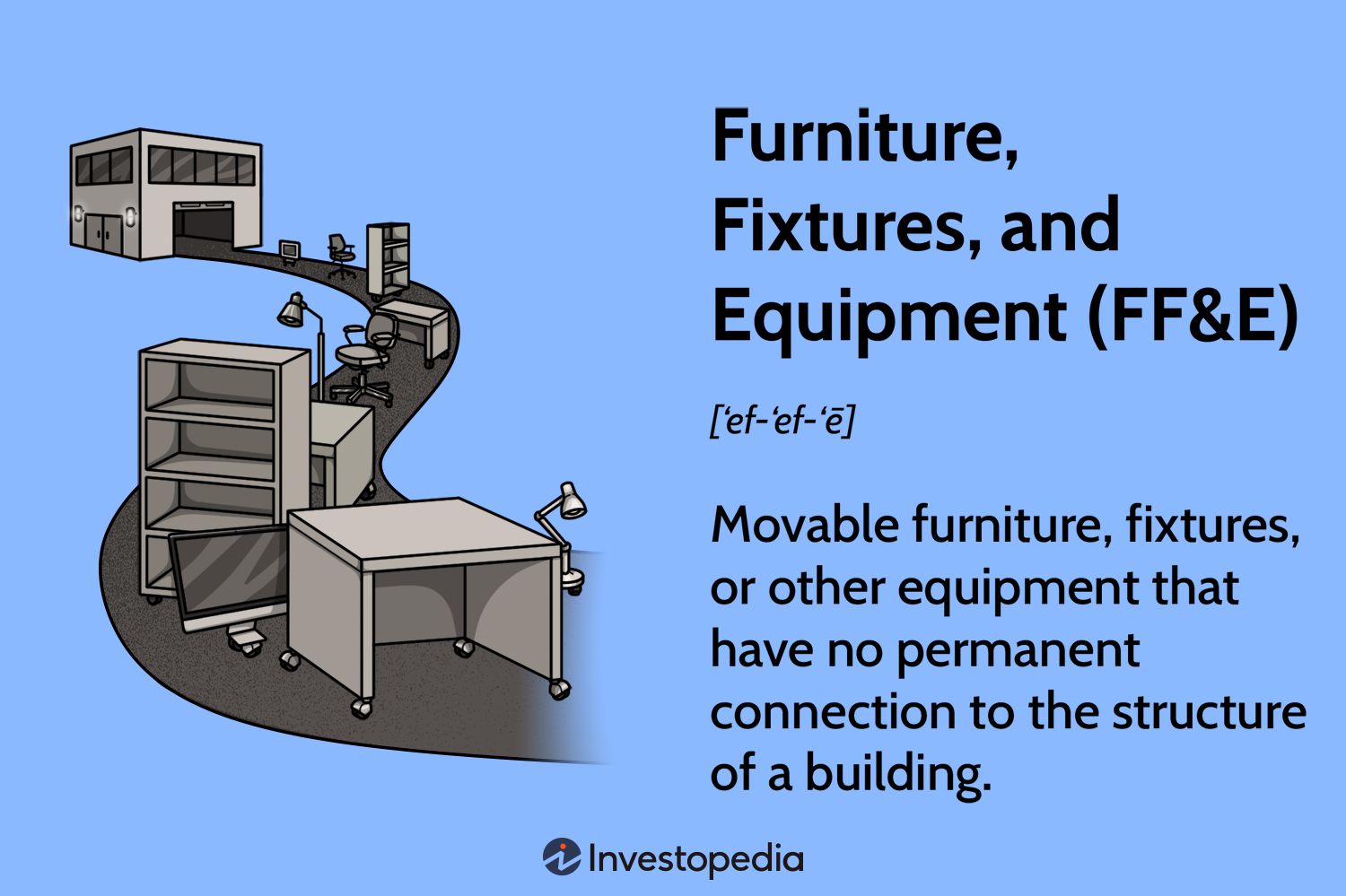
FAQ’s:
- What is FF&E?
A: FF&E stands for Furniture, Fixtures, and Equipment. It encompasses all movable assets, such as furniture, artwork, decorative elements, appliances, and other equipment used in a building or space.
- What is the importance of FF&E in interior design and architecture?
A: FF&E plays a crucial role in shaping the functionality, aesthetics, and overall ambiance of a space. It adds personality, functionality, and comfort, turning an empty space into a functional and appealing environment.
- What are examples of FF&E items?
A: Examples of FF&E items include chairs, tables, desks, sofas, lighting fixtures, window treatments, rugs, artwork, mirrors, appliances, televisions, and decorative accessories.
- How do you select FF&E items for a project?
A: Selecting FF&E items involves considering various factors such as the client’s preferences, budget, space requirements, functionality, durability, and aesthetic appeal. Designers often create mood boards, conduct research, and present options to clients for approval.
- What is the difference between FF&E and OS&E?
A: FF&E (Furniture, Fixtures, and Equipment) refers to movable items in a space, while OS&E (Operating Supplies and Equipment) includes non-consumable items necessary for the day-to-day operations of a facility, such as kitchen utensils, linens, and cleaning supplies.
- How does FF&E procurement process work?
A: The FF&E procurement process involves various stages, including establishing requirements, researching suppliers, obtaining quotes, negotiating contracts, placing orders, tracking deliveries, and coordinating installations. It requires careful planning and coordination to ensure timely delivery and adherence to budget constraints.
- What are the challenges associated with FF&E projects?
A: Challenges in FF&E projects may include budget constraints, sourcing quality items within budget limits, coordinating deliveries and installations, managing multiple vendors, ensuring compliance with regulations, and addressing client preferences and changes in design specifications.
- How do you ensure sustainability in FF&E selection?
A: To ensure sustainability, designers may opt for eco-friendly materials, products with low environmental impact, items sourced locally to reduce carbon footprint, and those certified by recognized sustainability standards such as LEED or FSC. Refurbishing existing furniture and implementing energy-efficient fixtures are also common practices.
- What are the trends in FF&E design?
A: FF&E design trends evolve over time but may include a focus on sustainability, biophilic design elements, minimalist and modular furniture, incorporation of smart technology, and a blend of traditional and contemporary styles. Personalization and customization are also gaining popularity.
- How do you budget for FF&E in a project?
A: Budgeting for FF&E involves estimating costs for each item based on factors such as quantity, quality, brand, and customization requirements. It’s essential to allocate funds for procurement, delivery, installation, and potential contingencies, while also considering ongoing maintenance costs. Working closely with clients and suppliers helps ensure that budgetary constraints are met without compromising quality or design vision.







